HSBC 2005 Annual Report Download - page 262
Download and view the complete annual report
Please find page 262 of the 2005 HSBC annual report below. You can navigate through the pages in the report by either clicking on the pages listed below, or by using the keyword search tool below to find specific information within the annual report.-
 1
1 -
 2
2 -
 3
3 -
 4
4 -
 5
5 -
 6
6 -
 7
7 -
 8
8 -
 9
9 -
 10
10 -
 11
11 -
 12
12 -
 13
13 -
 14
14 -
 15
15 -
 16
16 -
 17
17 -
 18
18 -
 19
19 -
 20
20 -
 21
21 -
 22
22 -
 23
23 -
 24
24 -
 25
25 -
 26
26 -
 27
27 -
 28
28 -
 29
29 -
 30
30 -
 31
31 -
 32
32 -
 33
33 -
 34
34 -
 35
35 -
 36
36 -
 37
37 -
 38
38 -
 39
39 -
 40
40 -
 41
41 -
 42
42 -
 43
43 -
 44
44 -
 45
45 -
 46
46 -
 47
47 -
 48
48 -
 49
49 -
 50
50 -
 51
51 -
 52
52 -
 53
53 -
 54
54 -
 55
55 -
 56
56 -
 57
57 -
 58
58 -
 59
59 -
 60
60 -
 61
61 -
 62
62 -
 63
63 -
 64
64 -
 65
65 -
 66
66 -
 67
67 -
 68
68 -
 69
69 -
 70
70 -
 71
71 -
 72
72 -
 73
73 -
 74
74 -
 75
75 -
 76
76 -
 77
77 -
 78
78 -
 79
79 -
 80
80 -
 81
81 -
 82
82 -
 83
83 -
 84
84 -
 85
85 -
 86
86 -
 87
87 -
 88
88 -
 89
89 -
 90
90 -
 91
91 -
 92
92 -
 93
93 -
 94
94 -
 95
95 -
 96
96 -
 97
97 -
 98
98 -
 99
99 -
 100
100 -
 101
101 -
 102
102 -
 103
103 -
 104
104 -
 105
105 -
 106
106 -
 107
107 -
 108
108 -
 109
109 -
 110
110 -
 111
111 -
 112
112 -
 113
113 -
 114
114 -
 115
115 -
 116
116 -
 117
117 -
 118
118 -
 119
119 -
 120
120 -
 121
121 -
 122
122 -
 123
123 -
 124
124 -
 125
125 -
 126
126 -
 127
127 -
 128
128 -
 129
129 -
 130
130 -
 131
131 -
 132
132 -
 133
133 -
 134
134 -
 135
135 -
 136
136 -
 137
137 -
 138
138 -
 139
139 -
 140
140 -
 141
141 -
 142
142 -
 143
143 -
 144
144 -
 145
145 -
 146
146 -
 147
147 -
 148
148 -
 149
149 -
 150
150 -
 151
151 -
 152
152 -
 153
153 -
 154
154 -
 155
155 -
 156
156 -
 157
157 -
 158
158 -
 159
159 -
 160
160 -
 161
161 -
 162
162 -
 163
163 -
 164
164 -
 165
165 -
 166
166 -
 167
167 -
 168
168 -
 169
169 -
 170
170 -
 171
171 -
 172
172 -
 173
173 -
 174
174 -
 175
175 -
 176
176 -
 177
177 -
 178
178 -
 179
179 -
 180
180 -
 181
181 -
 182
182 -
 183
183 -
 184
184 -
 185
185 -
 186
186 -
 187
187 -
 188
188 -
 189
189 -
 190
190 -
 191
191 -
 192
192 -
 193
193 -
 194
194 -
 195
195 -
 196
196 -
 197
197 -
 198
198 -
 199
199 -
 200
200 -
 201
201 -
 202
202 -
 203
203 -
 204
204 -
 205
205 -
 206
206 -
 207
207 -
 208
208 -
 209
209 -
 210
210 -
 211
211 -
 212
212 -
 213
213 -
 214
214 -
 215
215 -
 216
216 -
 217
217 -
 218
218 -
 219
219 -
 220
220 -
 221
221 -
 222
222 -
 223
223 -
 224
224 -
 225
225 -
 226
226 -
 227
227 -
 228
228 -
 229
229 -
 230
230 -
 231
231 -
 232
232 -
 233
233 -
 234
234 -
 235
235 -
 236
236 -
 237
237 -
 238
238 -
 239
239 -
 240
240 -
 241
241 -
 242
242 -
 243
243 -
 244
244 -
 245
245 -
 246
246 -
 247
247 -
 248
248 -
 249
249 -
 250
250 -
 251
251 -
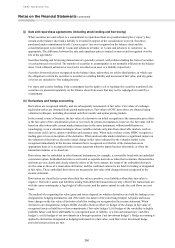 252
252 -
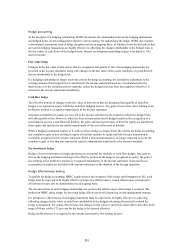 253
253 -
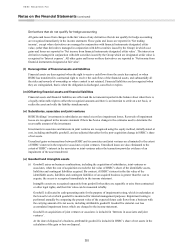 254
254 -
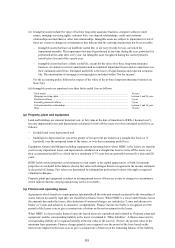 255
255 -
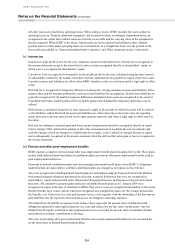 256
256 -
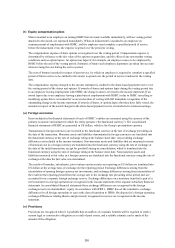 257
257 -
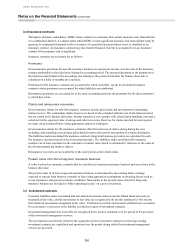 258
258 -
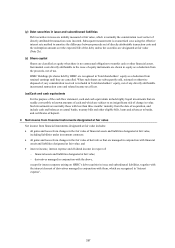 259
259 -
 260
260 -
 261
261 -
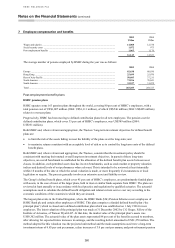 262
262 -
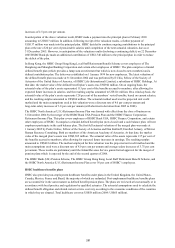 263
263 -
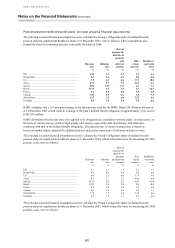 264
264 -
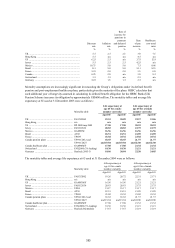 265
265 -
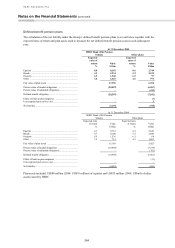 266
266 -
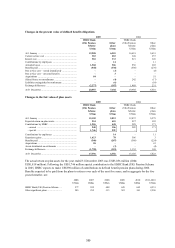 267
267 -
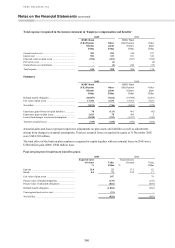 268
268 -
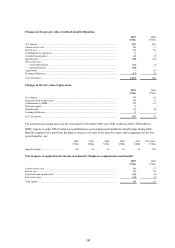 269
269 -
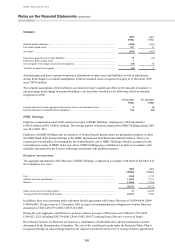 270
270 -
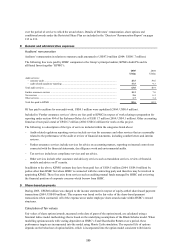 271
271 -
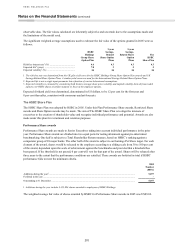 272
272 -
 273
273 -
 274
274 -
 275
275 -
 276
276 -
 277
277 -
 278
278 -
 279
279 -
 280
280 -
 281
281 -
 282
282 -
 283
283 -
 284
284 -
 285
285 -
 286
286 -
 287
287 -
 288
288 -
 289
289 -
 290
290 -
 291
291 -
 292
292 -
 293
293 -
 294
294 -
 295
295 -
 296
296 -
 297
297 -
 298
298 -
 299
299 -
 300
300 -
 301
301 -
 302
302 -
 303
303 -
 304
304 -
 305
305 -
 306
306 -
 307
307 -
 308
308 -
 309
309 -
 310
310 -
 311
311 -
 312
312 -
 313
313 -
 314
314 -
 315
315 -
 316
316 -
 317
317 -
 318
318 -
 319
319 -
 320
320 -
 321
321 -
 322
322 -
 323
323 -
 324
324 -
 325
325 -
 326
326 -
 327
327 -
 328
328 -
 329
329 -
 330
330 -
 331
331 -
 332
332 -
 333
333 -
 334
334 -
 335
335 -
 336
336 -
 337
337 -
 338
338 -
 339
339 -
 340
340 -
 341
341 -
 342
342 -
 343
343 -
 344
344 -
 345
345 -
 346
346 -
 347
347 -
 348
348 -
 349
349 -
 350
350 -
 351
351 -
 352
352 -
 353
353 -
 354
354 -
 355
355 -
 356
356 -
 357
357 -
 358
358 -
 359
359 -
 360
360 -
 361
361 -
 362
362 -
 363
363 -
 364
364 -
 365
365 -
 366
366 -
 367
367 -
 368
368 -
 369
369 -
 370
370 -
 371
371 -
 372
372 -
 373
373 -
 374
374 -
 375
375 -
 376
376 -
 377
377 -
 378
378 -
 379
379 -
 380
380 -
 381
381 -
 382
382 -
 383
383 -
 384
384 -
 385
385 -
 386
386 -
 387
387 -
 388
388 -
 389
389 -
 390
390 -
 391
391 -
 392
392 -
 393
393 -
 394
394 -
 395
395 -
 396
396 -
 397
397 -
 398
398 -
 399
399 -
 400
400 -
 401
401 -
 402
402 -
 403
403 -
 404
404 -
 405
405 -
 406
406 -
 407
407 -
 408
408 -
 409
409 -
 410
410 -
 411
411 -
 412
412 -
 413
413 -
 414
414 -
 415
415 -
 416
416 -
 417
417 -
 418
418 -
 419
419 -
 420
420 -
 421
421 -
 422
422 -
 423
423 -
 424
424
 |
 |

HSBC HOLDINGS PLC
Notes on the Financial Statements (continued)
260
7 Employee compensation and benefits
2005 2004
US$m US$m
Wages and salaries ......................................................................................................................... 14,008 12,374
Social security costs ....................................................................................................................... 1,072 973
Post-employment benefits .............................................................................................................. 1,065 1,176
16,145 14,523
The average number of persons employed by HSBC during the year was as follows:
2005 2004
Europe ............................................................................................................................................ 82,638 80,930
Hong Kong ..................................................................................................................................... 25,699 25,070
Rest of Asia-Pacific ........................................................................................................................ 50,605 37,211
North America ................................................................................................................................ 73,816 70,041
South America ................................................................................................................................ 32,527 31,475
Total ............................................................................................................................................... 265,285 244,727
Post-employment benefit plans
HSBC pension plans
HSBC operates some 163 pension plans throughout the world, covering 80 per cent of HSBC’s employees, with a
total pension cost of US$1,007 million (2004: US$1,111 million), of which US$546 million (2004: US$485 million)
relates to overseas plans.
Progressively, HSBC has been moving to defined contribution plans for all new employees. The pension cost for
defined contribution plans, which cover 35 per cent of HSBC’s employees, was US$389 million (2004:
US$351 million).
Both HSBC and, where relevant and appropriate, the Trustees’ long-term investment objectives for defined benefit
plans are:
• to limit the risk of the assets failing to meet the liability of the plans over the long-term; and
• to maximise returns consistent with an acceptable level of risk so as to control the long-term costs of the defined
benefit plans.
Both HSBC and, where relevant and appropriate, the Trustees, consider that the investment policy should be
consistent with meeting their mutual overall long-term investment objectives. In pursuit of these long-term
objectives, an overall benchmark is established for the allocation of the defined benefit plan assets between asset
classes. In addition, each permitted asset class has its own benchmarks, such as stock market or property valuation
indices and desired levels of out performance where relevant. This is intended to be reviewed at least triennially
within 18 months of the date at which the actual valuation is made, or more frequently if circumstances or local
legislation so require. The process generally involves an extensive asset and liability review.
The Group’s defined benefit plans, which cover 45 per cent of HSBC’s employees, are predominantly funded plans
with assets, in the case of most of the larger plans, held in trust or similar funds separate from HSBC. The plans are
reviewed at least annually or in accordance with local practice and regulations by qualified actuaries. The actuarial
assumptions used to calculate the defined benefit obligation and related current service cost vary according to the
economic conditions of the countries in which they are situated.
The largest plan exists in the United Kingdom, where the HSBC Bank (UK) Pension Scheme covers employees of
HSBC Bank plc and certain other employees of HSBC. This plan comprises a funded defined benefit plan (‘the
principal plan’) which is closed and a defined contribution plan which was established on 1 July 1996 for new
employees. The latest valuation of the principal plan was made at 31 December 2002 by C G Singer, Fellow of the
Institute of Actuaries, of Watson Wyatt LLP. At that date, the market value of the principal plan’s assets was
US$9,302 million. The actuarial value of the plan assets represented 88 per cent of the benefits accrued to members,
after allowing for expected future increases in earnings, and the resulting deficit amounted to US$1,270 million. The
method adopted for this valuation was the projected unit method and the main assumptions used were a long-term
investment return of 6.85 per cent per annum, salary increases of 3.0 per cent per annum, and post-retirement pension
